Formaldehyde poses a greater risk to certain individuals with heightened sensitivity. This includes risking pregnant women, infants, children, the elderly, and those with pre-existing health conditions. Children's faster respiratory rates and increased time spent indoors further elevate their susceptibility to indoor air pollutants like formaldehyde.
Exposure to Formaldehyde CH₂O; 甲醛 can lead to both immediate and long-term health problems. In the short term, it acts as a significant irritant to the eyes, nose, and throat, causing symptoms such as burning sensations, watery eyes, coughing, sore throat, and nasal irritation. Inhalation can further result in coughing, wheezing, chest pain, choking, and shortness of breath.
Long-term exposure to formaldehyde presents a significant health threat. Classified as a known human carcinogen by the International Agency for Research on Cancer (IARC), prolonged inhalation has been linked in studies to a heightened risk of developing cancers, particularly nasopharyngeal cancer and leukemia. This is a critical concern in workplaces where high formaldehyde levels and insufficient safety precautions put workers at serious risk.
After post-renovation work is finished, Formaldehyde CH₂O; 甲醛 and other Volatile Organic Compounds (VOCs) can persist in indoor environments. These harmful substances are released through off-gassing from various construction materials and products used during the renovation process.
Formaldehyde, known as the "Invisible Killer" due to its colourless nature despite its strong, flammable substances, is a common industrial chemical found in building materials like wardrobe, cabinet, particleboard, plywood, adhesive glues, and other pressed wood products.
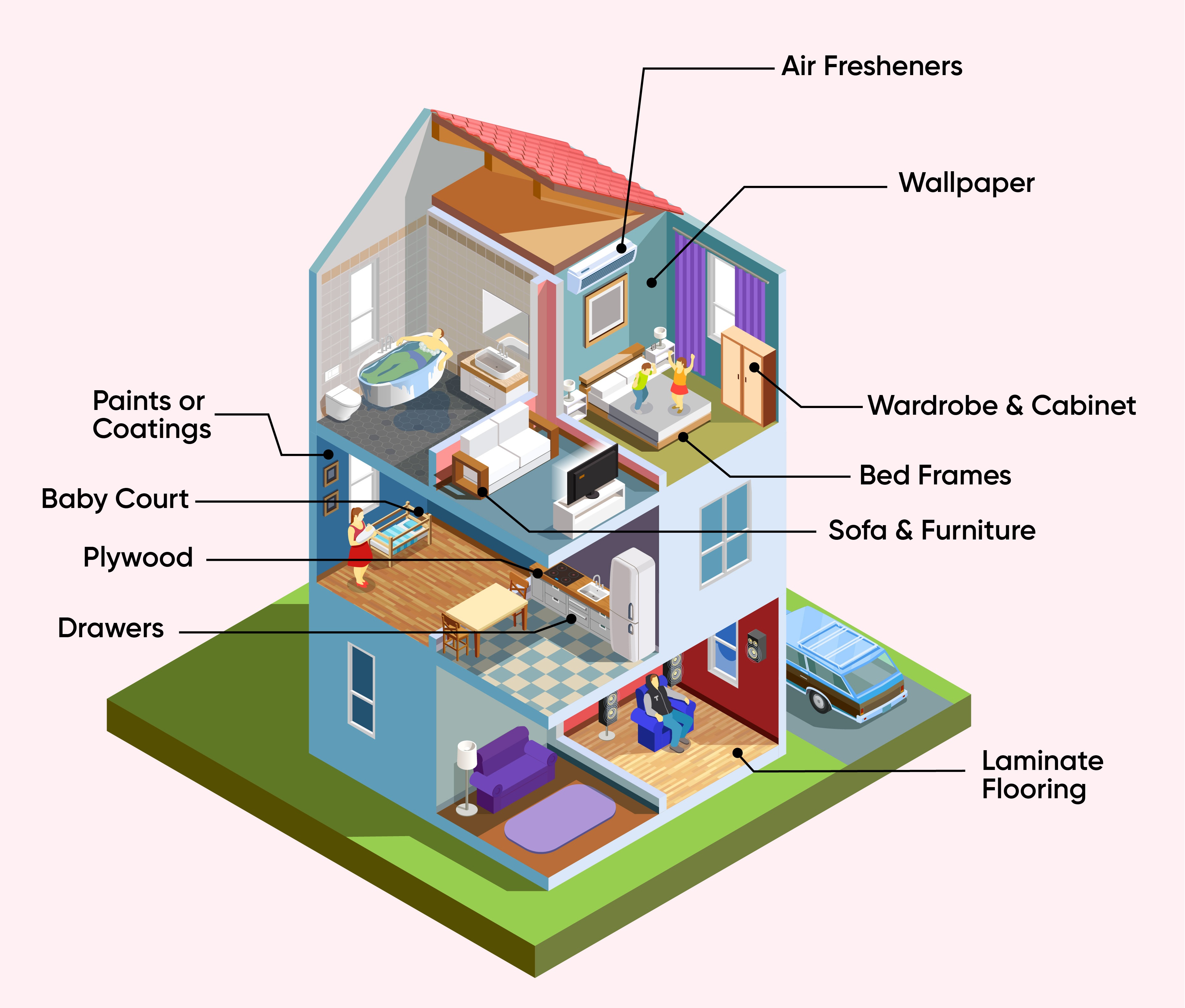
To ensure effective results, GRABMAID Híkarí Team collaborates closely with our Singapore partner, SHUPAI JP-TREE (S) PTE LTD (https://www.jp-tree.sg/).
Leveraging their extensive experience of over 2,000 successful Formaldehyde Removal treatments in Singapore and compliance with Singapore NEA regulations for formaldehyde usage, and Híkarí Team is bringing a proven treatment approach to treat your property in Malaysia.
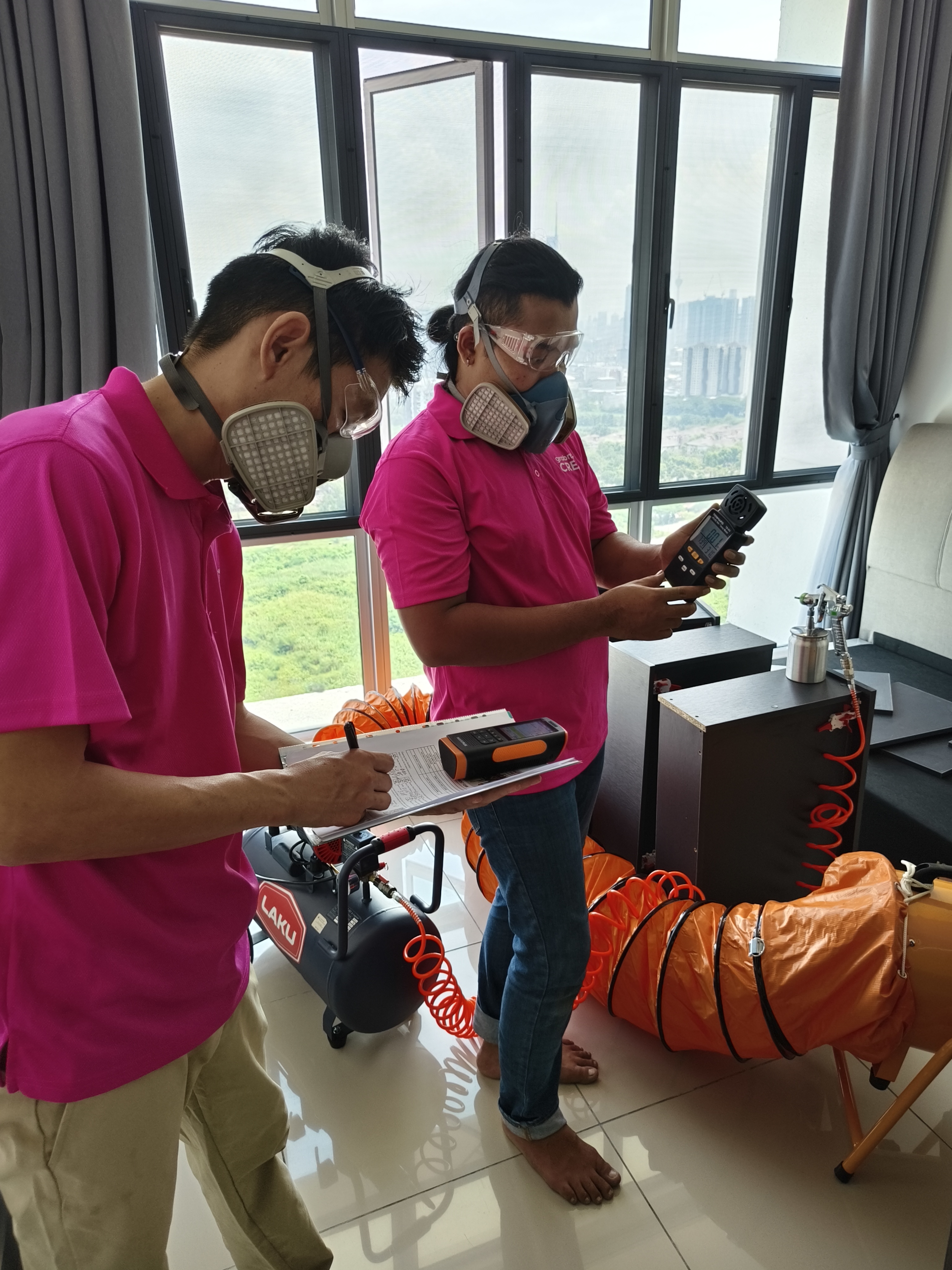
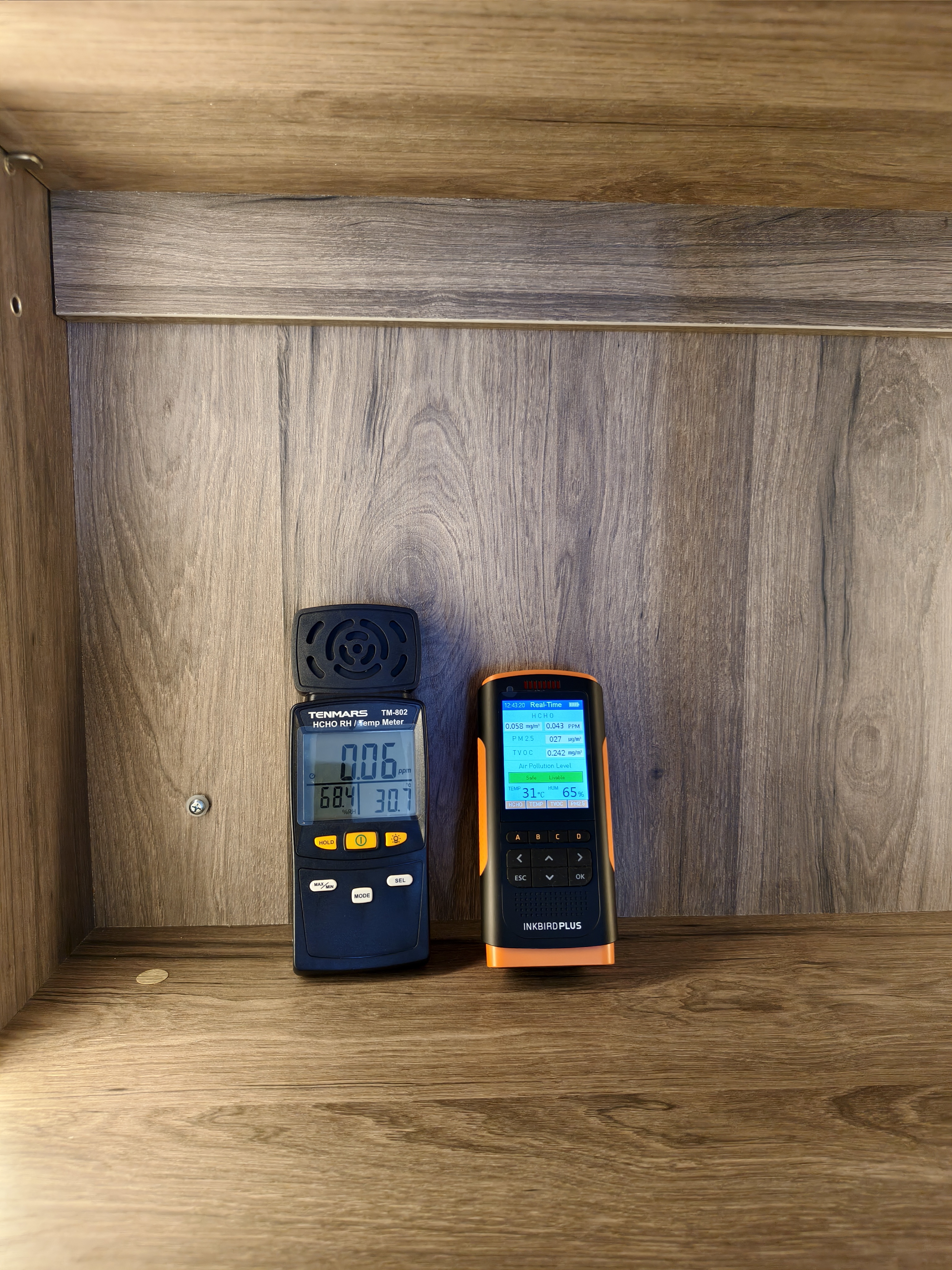
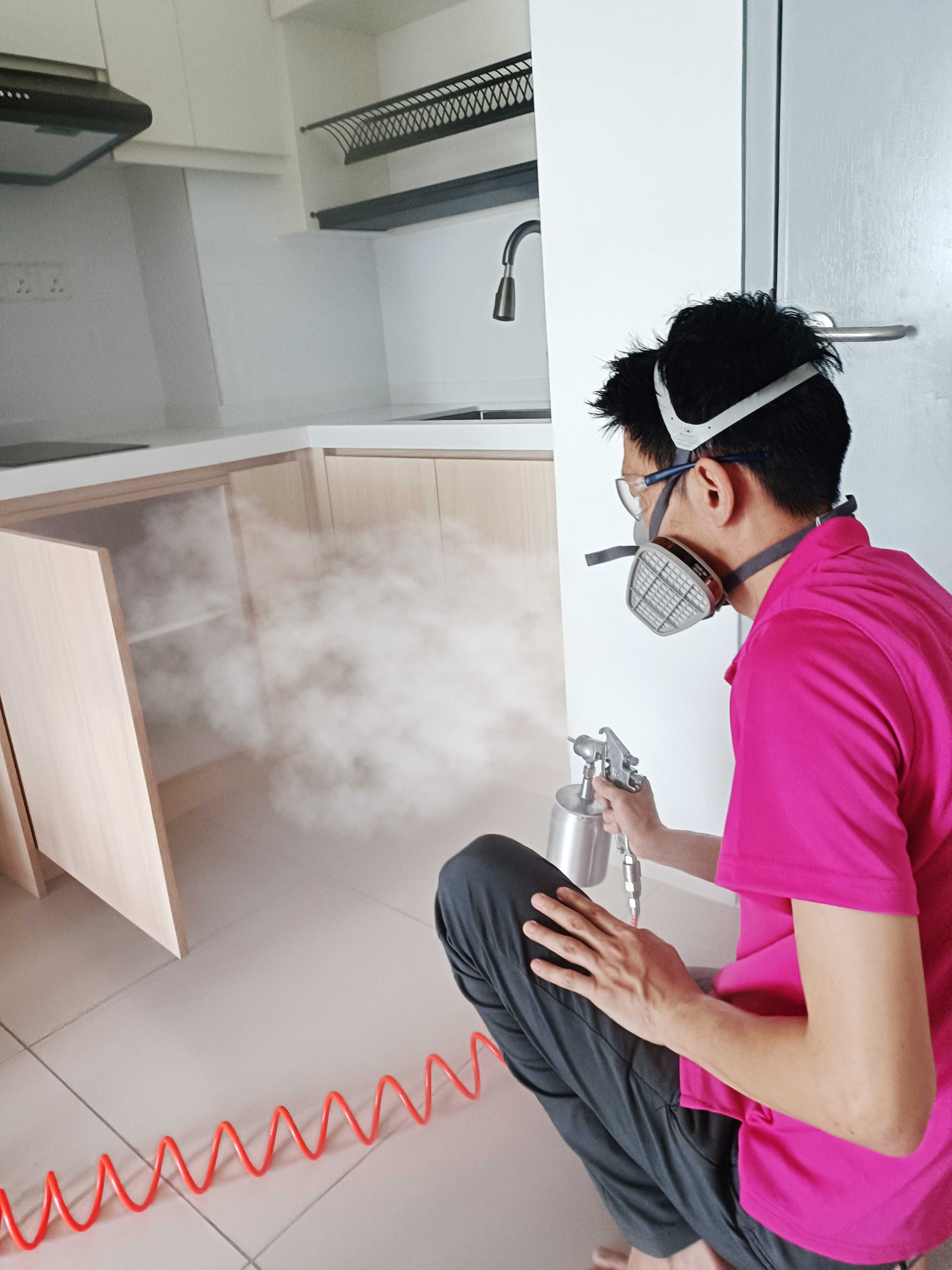
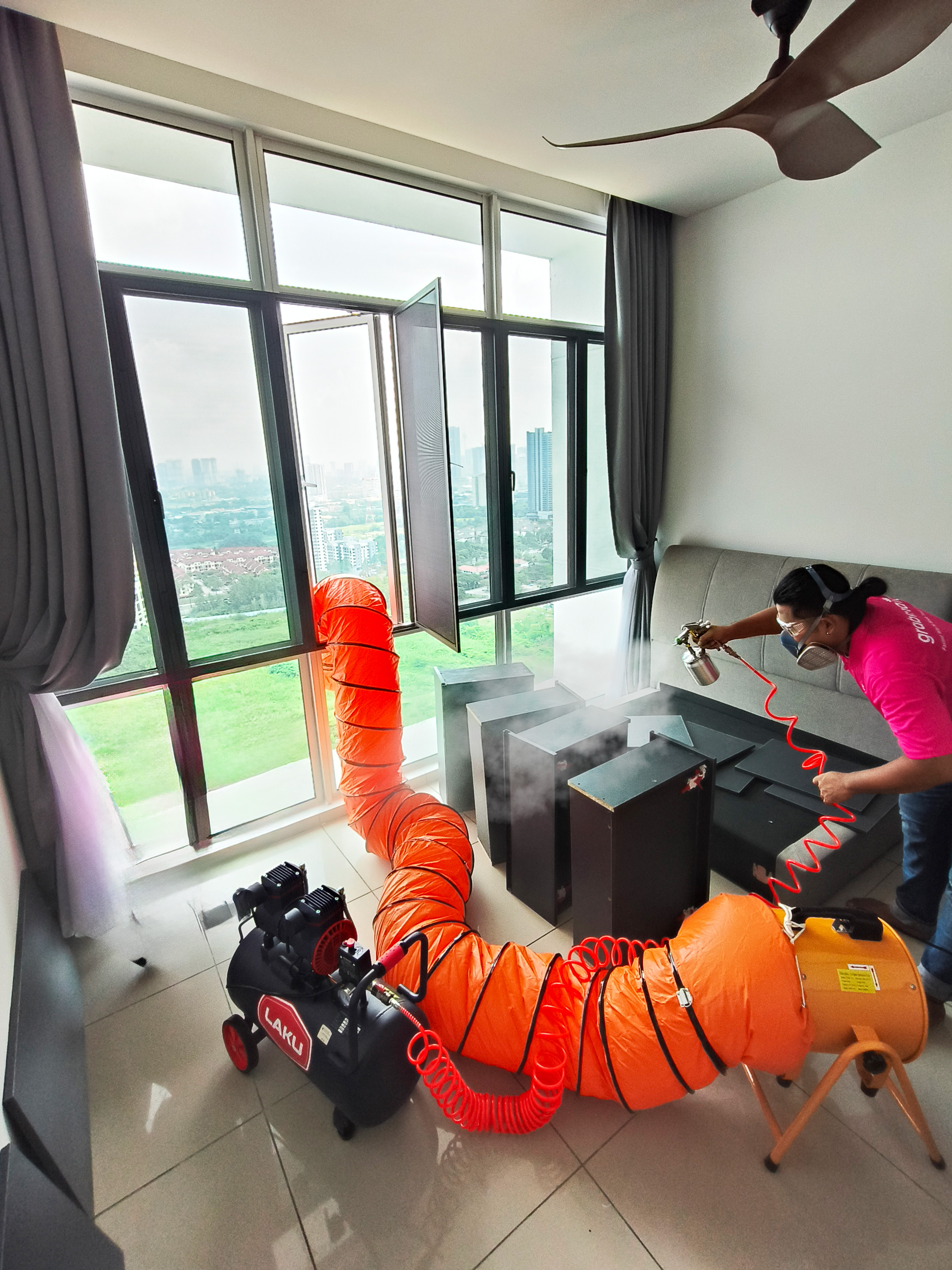
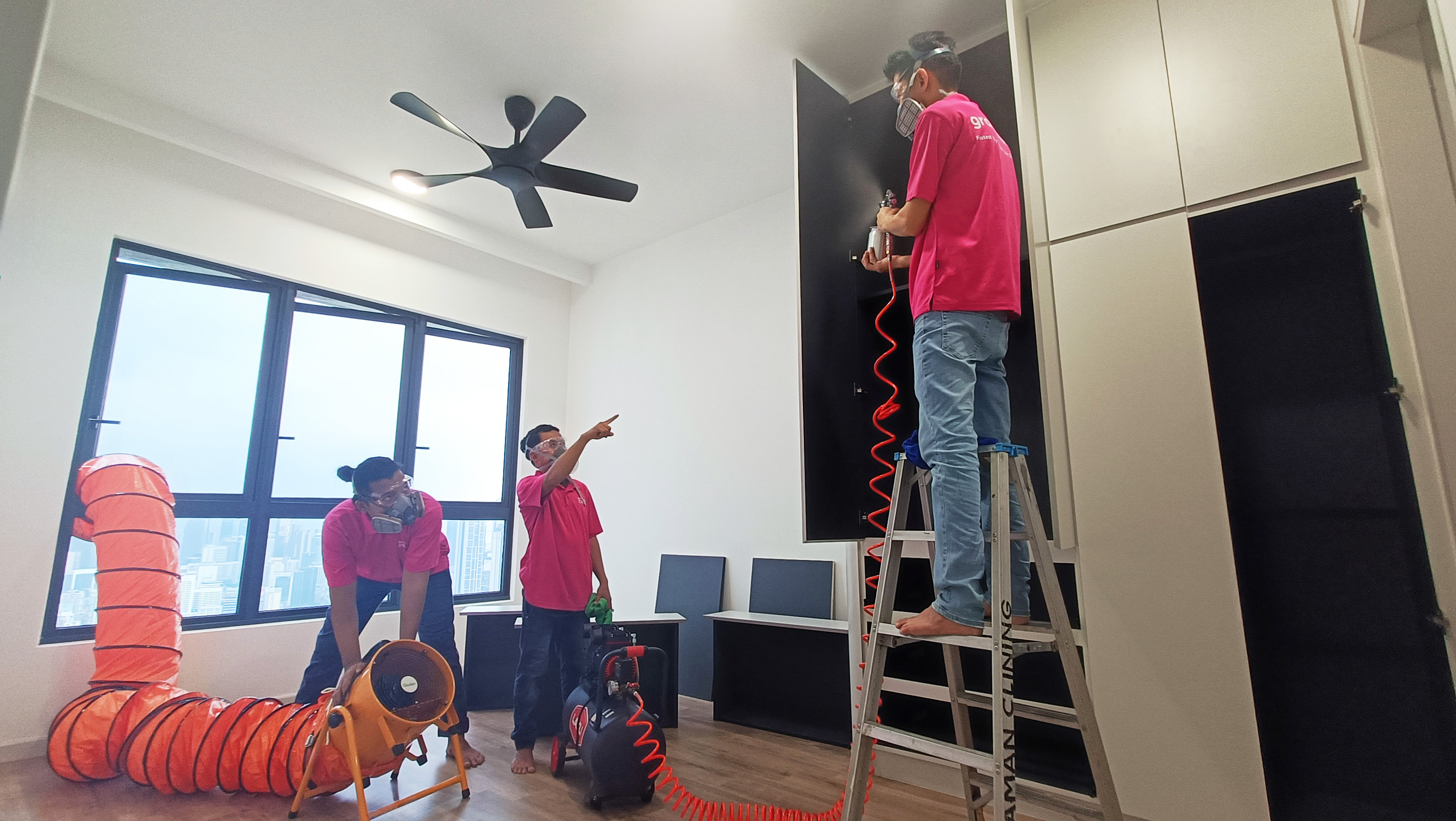
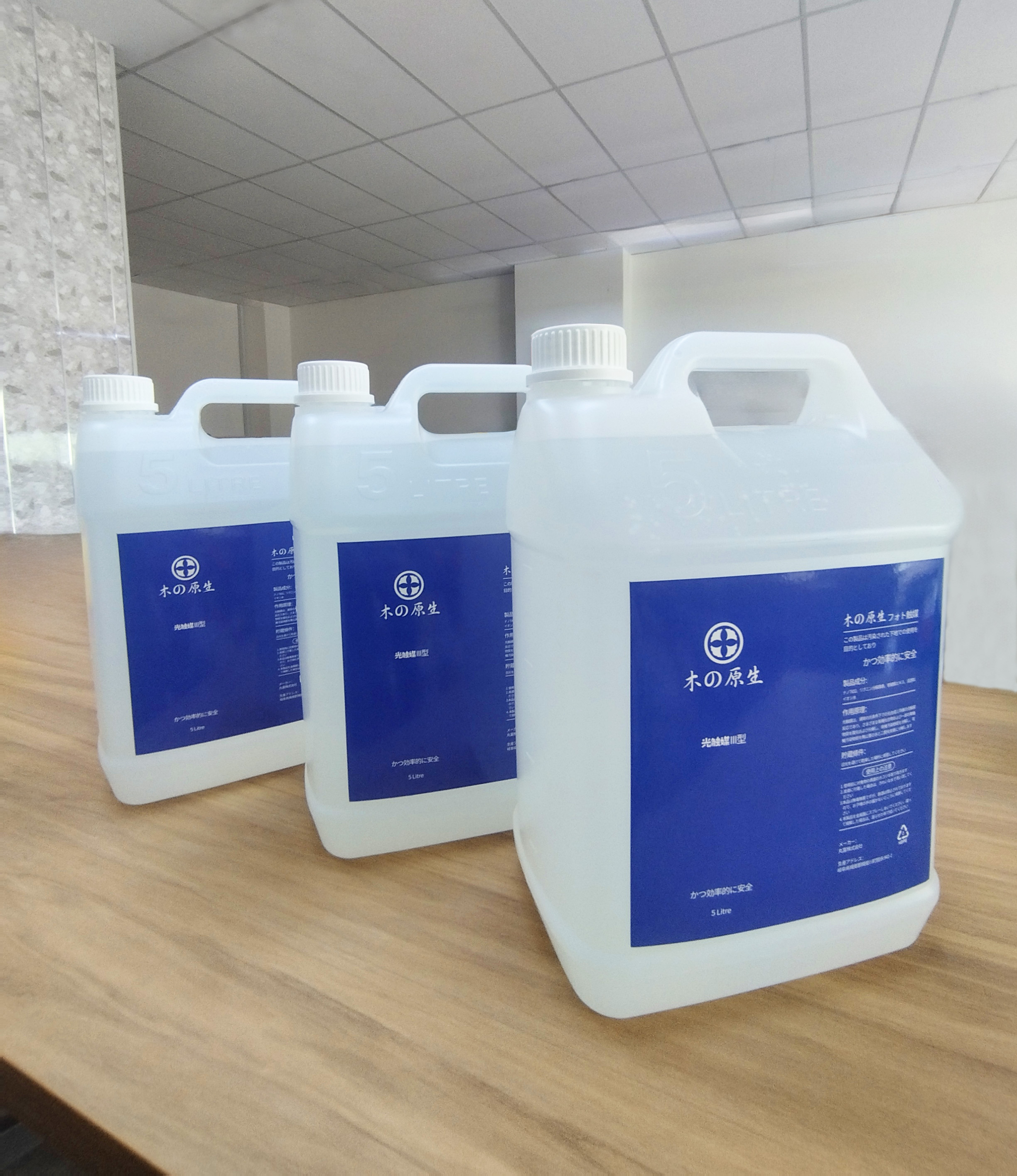
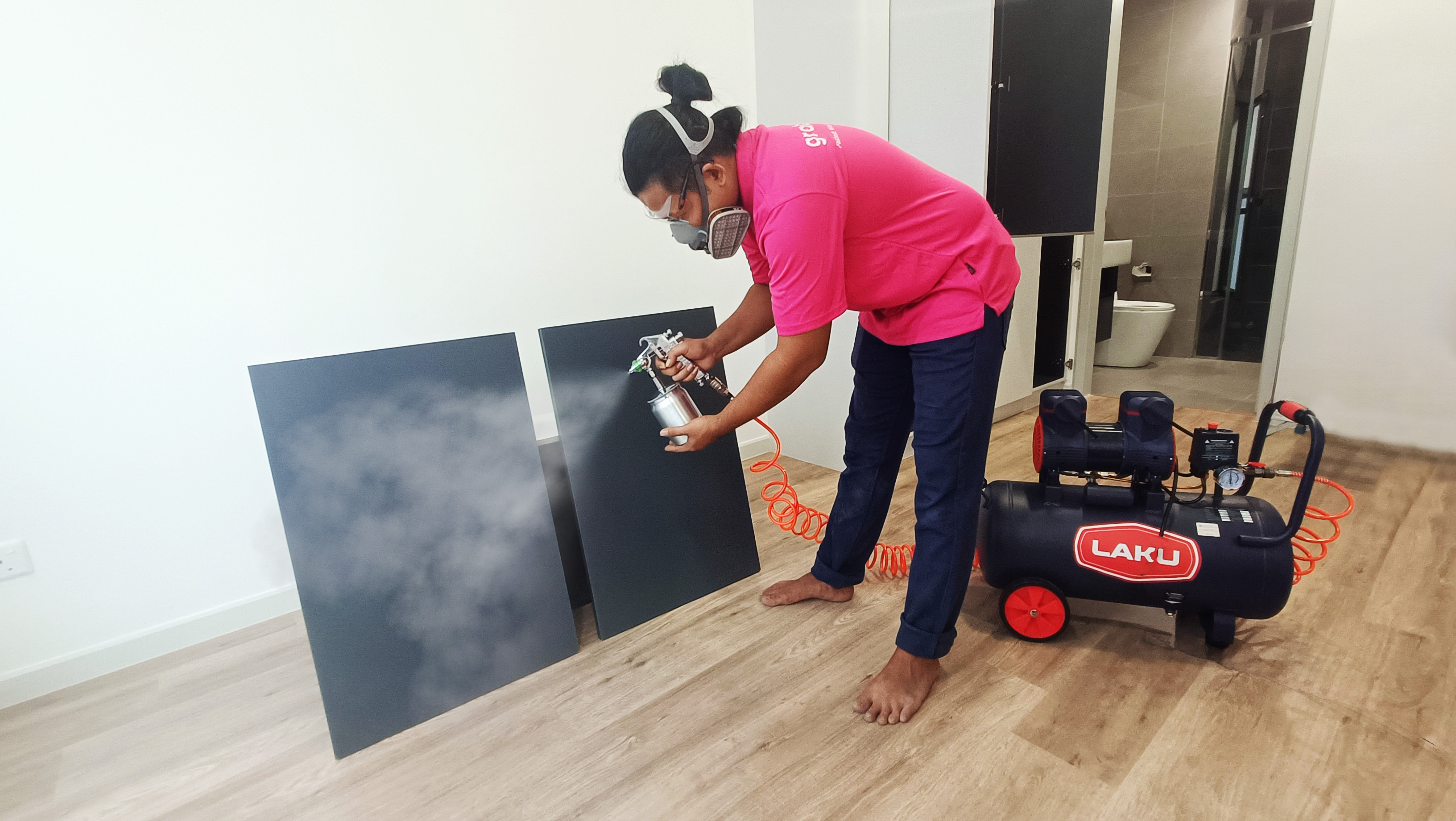

Our products and treatment solutions are imported from Japan’s 木の原生, developed using Japan's advanced photocatalyst technology.
Backed by a strong global track record, our Japanese Photocatalyst Technology chemically breaks down formaldehyde and VOCs continuously after treatment. This ensures long-lasting effectiveness, maintaining clean and safe indoor air for your well-being.
The methodology of treatment of Photocatalyst was discovered in 1967 by Japanese scientist Akira Fujishima and his mentor, Professor Kenichi Honda. As of now, Japan is also a country with relatively mature photocatalyst application technology and a wide range of applications.
Tested and certified by reputable institutions such as Singapore SGS and Japan Food Research Laboratories (JFRL), our products are non-toxic, food-grade, and safe, with no secondary pollution. Additionally, they offer antibacterial and bacteriostatic functions for enhanced indoor air quality.
You can now visit our website for Híkarí 太陽の光除甲醛 by Japan’s 木の原生, and get the booking slot at https://grabmaid.my/booking-formaldehyde-voc at below steps.